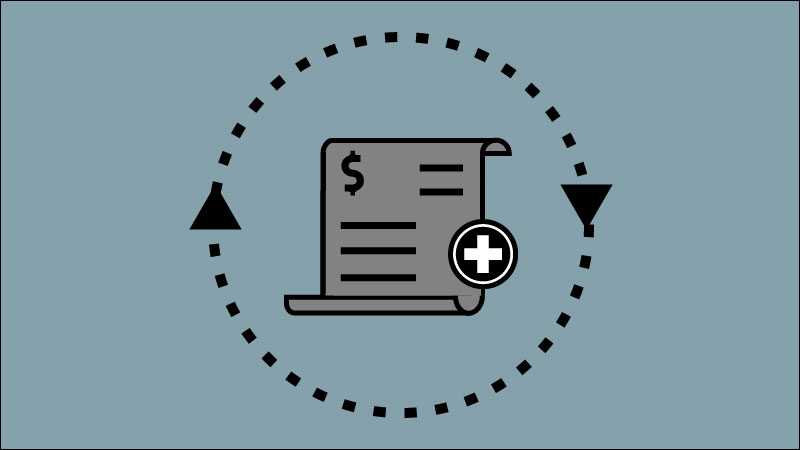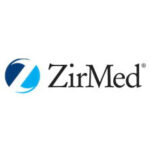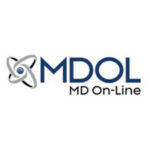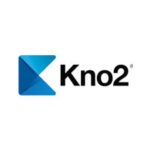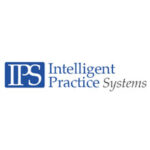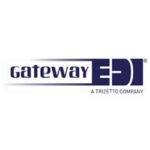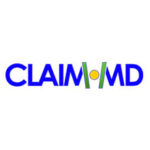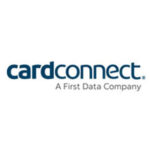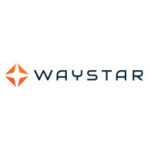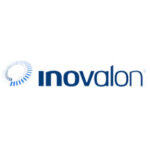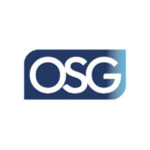Physical Therapy Billing | In Search Of A Better Process
Do you have a robust and efficient billing process in place that keeps your cash flow healthy and patients happy? Getting paid every penny that you deserve makes for a good sound bite but it is clearly easier said than done. When it comes to billing, there is after all little room for error given the continually shrinking margins where billing inefficiencies alone could lead to patient visits making a net loss instead of a net profit. Consider the upcoming 4.4% cut to the conversion factor in the proposed 2023 fee schedule that will affect several providers. Here are some of the high level steps on the path to a better billing process.
Step 1: Assess Your Process
Asking the following questions may provide valuable input on how effective is the process today:
- Do you have a unique billing process?
- Do you have an experienced team that is maximizing reimbursements?
- Does billing continue smoothly when team members are not available?
- Is closely tracking the billing team’s progress possible anytime?
- Are you fully informed about payer guidelines and policies?
- Are patient balances regularly updated and accuracy ensured?
- Is it easy to monitor AR and determine where payments are held up?
- Do your monthly collections always come in on time?
If the answer to any of these questions is no, then it may be a good idea to start thinking about additional options.
Step 2: Study Your Data
The next item on the agenda should be to take a closer look at the data, billing metrics, and billing reports (including the AR report, the unbilled report, the billing errors report, among others). Characteristics of an efficient billing operation will include:
- Over the counter collections and insurance verifications at the front desk while entering the clinic.
- Complete clinical documentation with charges captured at the source at the time of note creation.
- Timely claims submission and posting of ERAs/EOBs quickly and efficiently.
- Clean claims sent out with the right modifiers, right codes, and right tracking.
- Electronic creation of claims batches and automated claims submission through clearinghouse integration.
- Adjustments and collections follow up as per a planned schedule.
- Patient statements and patient follow-up that is done in a systematic manner.
- EMR in use with clinical documentation that is tightly integrated with billing.
Does this describe your billing process today?
Step 3: Evaluate Your Team
Last, but not least, would be to take a closer look at your billing team.
- Do your billers rigorously chase down every dollar and file appeals?
- Do they also help with patient collections and follow up?
- Have they instituted a stringent quality control process?
- Do your billers stay on top of all payer policies and compliance requirements?
With reimbursements in decline year on year, it is indeed critical to ensure that money is not left on the table because of avoidable errors in the billing operation. If the result of your assessment is that your billing process is not quite where you thought it was or wanted it to be then change may be in order. End of the day, a better billing process will leave you free to focus on building your practice and company culture, enhancing patient care experience, and delivering better outcomes and quality of care with greater efficiency and productivity.

